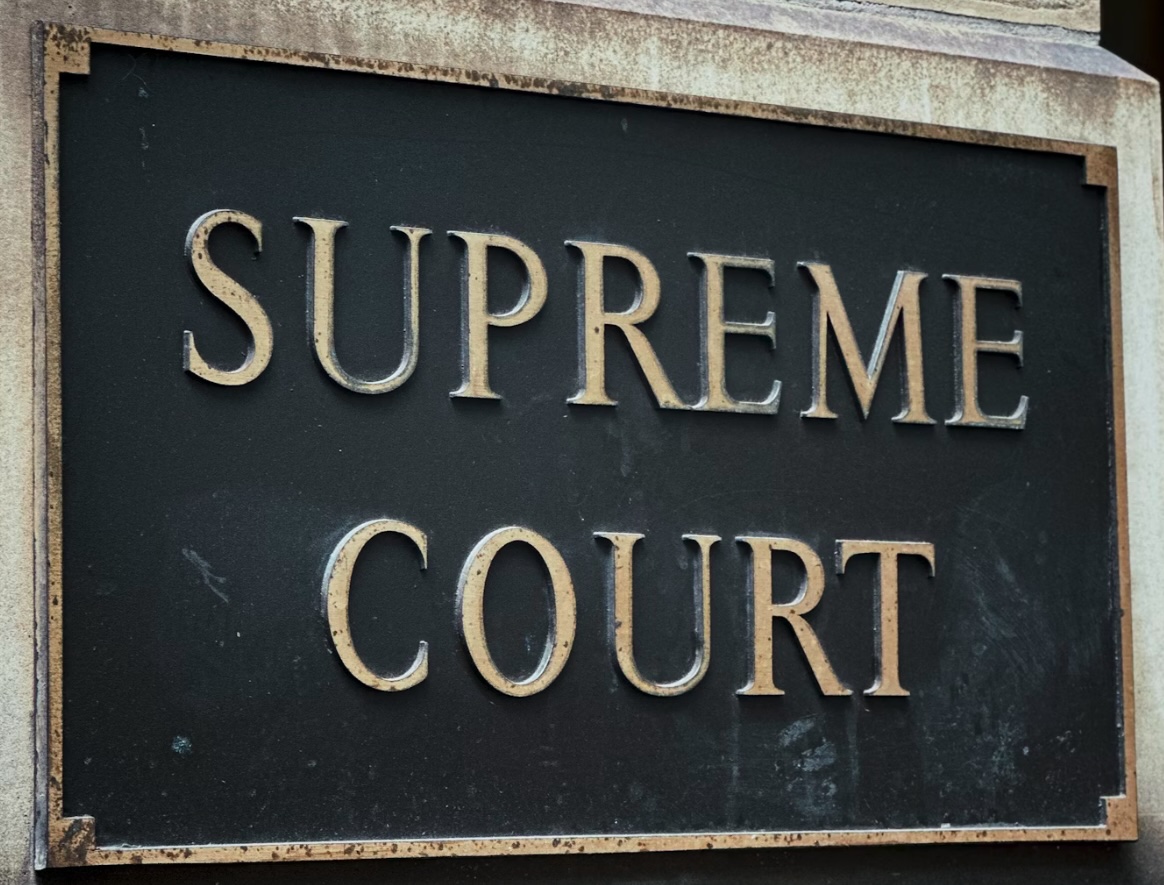Nearly two and a half centuries of defending a nation, from a fledgling nation to a global superpower.
PRAY FIRST for clarity in leadership and purpose and those who command and guide national defense would be grounded in wise purpose, not just capability.
Let the word of Christ dwell in you richly, teaching and admonishing one another in all wisdom. Colossians 3:16
When the United States formed the United States Department of War in 1789, it was named to reflect the priorities of its time. Congress intended the department to oversee land and naval forces, manage war stores, and administer military affairs. With the passage of the National Security Act Amendments of 1949, the department was renamed the Department of Defense (DoD), reflecting a broader mission to coordinate all armed services and deter threats following the Second World War.
What is the Department of Defense?
The federal government’s role in organizing national defense is rooted in the Constitution’s grant of authority over national security and interstate commerce. Over time, federal, state, and local governments developed a shared responsibility for environmental protection, healthcare and, notably, national defense. In 1949 the DoD was reorganized to absorb the War Department, the Navy Department, and the newly-created Air Force under centralized civilian leadership. The name change was more than branding. It acknowledged the shift from purely wartime military operations to continuous readiness, deterrence, and global cooperation.
Today, the DoD’s core functions include providing military forces to deter war, defending the U.S. and its interests, and supporting national policy through armed forces as required by law. The term “Defense” suggests shielding rather than mere belligerence, and in so doing it conveys a posture of protection, coalition building, and readiness rather than aggression.
Essence and Representation
What difference does a name make? Department of War might suggest a narrower mission (e.g., mobilization for armed conflict, aggression, and battlefield victory). By contrast, Department of Defense implies broader responsibilities such as deterrence, peacekeeping, humanitarian assistance, and alliances. A name change alone does not automatically alter mission or operations; the substance of the department depends on strategy, funding, civil-military division, and legal framework. Nevertheless, symbolism matters because language shapes how citizens, policymakers, and other nations interpret the U.S. role. Renaming a major federal department involves many practical obstacles, such as signage, uniforms, legal references, websites and branding, and not just semantics.
The 2025 Name-Change
On September 5, 2025, President Trump signed Executive Order 14347 authorizing the use of “Department of War” as a secondary title for the Department of Defense. This applies to official correspondence, ceremonial contexts, and non-statutory documents within the executive branch.
This change brought about a discussion over what the name indicates about U.S. military stance and foreign relations. President Donald Trump and administration officials believe that War more clearly communicates mission clarity and strength, referencing past victories won under the earlier title. Critics have voiced that the change could strain alliances and messaging may conflict with efforts to end U.S. involvement in foreign wars.
However, the statutory name remains Department of Defense, and only Congress can legally change it. To avoid confusion, both the White House and DoD emphasized the symbolic nature of the name but also framed it as a strategic messaging shift (“peace through strength”) rather than just ceremonial and that the DoD would continue its broader mission of readiness and defense.
If Congress approved a full legal rename, costs could reach $1–2 billion, primarily due to replacing signage, letterheads, badges, and rewriting digital code for public and internal systems. The Pentagon has already implemented the secondary title in some contexts like social media handles and the war.gov website, but official business and statutory documents still use “Department of Defense.” The DoD stated this change does not alter its mission of readiness and defense.
Why It Matters and How We Can Respond
The name of a department might seem like a technicality, but it subtly shapes how we see ourselves as a nation, specifically in how we define strength, peace, and service. Whether it remains the Department of Defense or returns to its older title, Department of War, the debate asks deeper questions about identity and intention: What do we believe power should protect, and whom does it serve?
There may not be a single right answer. Yet these moments invite reflection more than reaction. They remind us that national language carries weight, and it can reveal what we value, what we fear, and what we hope to preserve. Instead of turning disagreement into division, perhaps we can listen and learn from one another, to seek understanding beyond slogans or sides.
As Christians, this can become a spiritual practice of discernment. We are called not to win arguments, but to pursue peace and truth with grace. The Apostle Paul wrote, “Let your reasonableness be known to everyone. The Lord is at hand” (Philippians 4:5, ESV). In other words, our tone and posture can bear witness to Christ even when our opinions differ.
We may not know which name best captures the nation’s mission, or how global leaders will interpret either, but we can pray that those entrusted with authority lead with wisdom, restraint, and compassion. And as citizens, we can model dialogue that honors both conviction and kindness—trusting that the pursuit of peace begins not in policy alone, but in the hearts willing to seek it.
HOW THEN SHOULD WE PRAY:
— Pray for service members, civilian staff, and their families to know the strength of community and care beyond rank. The Lord is my rock and my fortress and my deliverer, my God, my rock, in whom I take refuge. Psalm 18:2
— Pray that as our nation organizes its defense, it does so with restraint, responsibility, and a vision for service toward all. Humble yourselves, therefore, under the mighty hand of God so that at the proper time he may exalt you. 1 Peter 5:6
CONSIDER THESE ITEMS FOR PRAYER:
- Pray for those who serve in America’s Armed Forces as they carry out the mission provided to them by our leaders, as well as their families and our veterans.
- Pray for President Trump and officials in the DoD as they set the strategy and direction for our nation’s defenses.
- Pray that faith communities, veterans, and citizens would find meaningful ways to honor service and pursue reconciliation while building relationships that reflect shared dignity rather than division.
Sources: White House, Department of Defense, Washingtons Post, History.com, Reuters, Salt Lake City Tribune, Library of Congress









